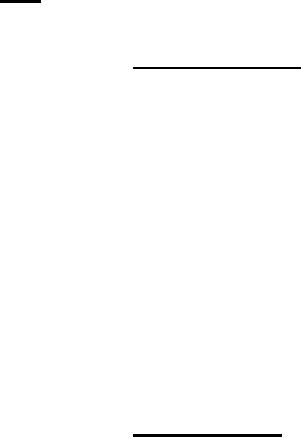 |
|||
|
|
|||
| ||||||||||
|
|  MIL-H-48620(AR)
direction of travel, then reverse rotation of the leveling base
(backlash included) until the bubble of the precision level is
re-centered within its graduation lines without overtravel. View
through the collimator and observe for coincidence of the colli-
mator's horizontal reticle line with respect to the horizontal
target iamge line. Any adjustment of the collimator's micrometer
knobs to re-obtain coincidence of the collimator's horizontal
reticle line with respect to the horizontal target image line is the
amount of backlash. Backlash shall not exceed the tolerance speci-
fied in 3.7.7. Upon satisfactory completion of this test, disengage
the leveling rod from the slot of the leveling base, engage the
index pin "D" in the zero degree position on the index plate "E" and
perform the following tests of 4.6.4.5 through 4.6.4.8 inclusive,
NOTE: Should overtravel occur during the test for backlash, the
test shall be nullified and the procedure specified for
backlash shall again be performed.
4.6.4.5 Excursion range.-With the input coupling positioned as
specified in 3.6b and the index pin "D" engaged in the zero degree
position on the index plate "E", view through the auto-collimator
positioned at the daylight viewing area and, if necessary, position
the horizontal and vertical reticle lines of the collimator coin-
cident with the horizontal and vertical target image lines by means
of the collimator's micrometer knobs. When coincidence has been
established, view through the collimator to the reflector "H" on the
test fixture. Observe the collimator reticle and note the position
of the boresight point (intersecting point of the horizontal and
vertical reticle lines) with respect to its reflected image. Dis-
engage the index pin from the zero degree elevation position on the
index plate. While observing the boresight point of the real and
reflected image, rotate the input coupling and engage the index pin,
first in the 22 degree elevation position and then in the 18 degree
depression position on the index plate. While the index pin is
engaged at each position (22EL and 18DP), the noted position
of the boresight point with respect to its reflected image shall not
deviate in elevation or depression respectively to determti.ne con-
formance with 3.7.4 (see 4.6.4.7 and 4.6.4.8 when performing this
test).
4.6.4.6 Coupling travel. - Rotate the coupling to its maximum
elevation, then to its maximum depression stop position. While the
coupling is at each stop, back off the coupling for at least 1/4
rotation and then again return the coupling to the stop. Perform
this a minimum of three times. During these rotations, the coupling
16
|
|
Privacy Statement - Press Release - Copyright Information. - Contact Us |